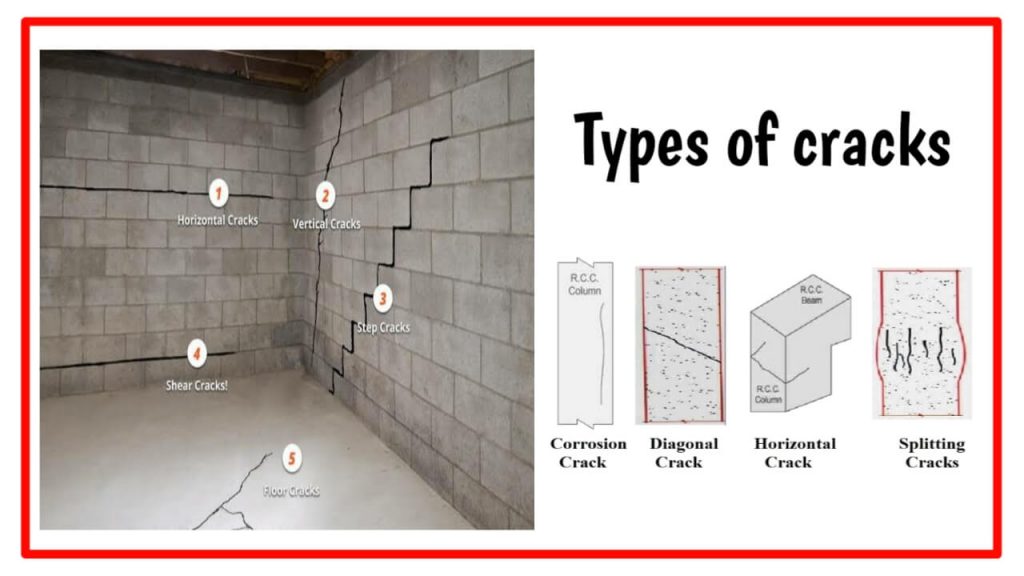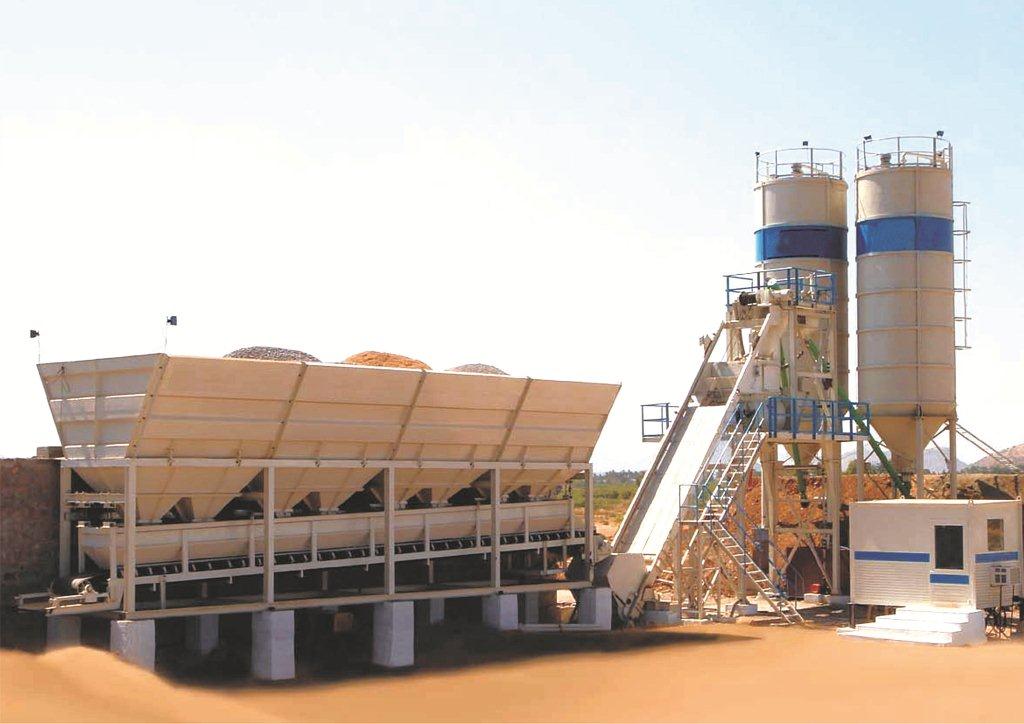What is Cement?
Cement is a widely used binding material in the construction industry, known for its essential role as the main ingredient of building materials. This binding agent is produced by burning a mixture of calcareous (calcium) and argillaceous (clay) materials at high temperatures, resulting in a clinker that is then ground into a fine powder. The inception of what we know as modern cement dates back to 1924, when Joseph Aspdin, a mason from England, first produced and patented Portland cement.
Cement Marketing: Trade vs. Non-Trade
The marketing of cement is primarily divided into two categories: trade cement marketing and Non Trade Cement Marketing. These two types differ in their distribution channels, pricing, and the nature of their buyers.

What is Trade Cement?
Trade cement is a type of cement that is sold through a chain of dealers and distributors. The manufacturer sells the cement to dealers, who then sell it to consumers. This retail chain involves the cement dealer buying directly from the cement company and undertaking both wholesale and retail sales from their shops. As an incentive, dealers and retailers earn a share of the selling price, making trade cement generally more expensive than non-trade cement. All taxes on trade cement are paid at the time of delivery.
What is Non-Trade Cement?
On the other hand, Non Trade Cement is sold directly to end-users like construction companies, builders, contractors, NGOs, or government institutions for self-consumption in their projects. This category of cement is not intended for resale to third parties. The bags of non-trade cement are typically marked with “Not for retail sale,” indicating that they come directly from the manufacturing plant. In this model, the dealer is bypassed, which means non-trade cement does not incur the additional overheads associated with the dealer network. Consequently, it is cheaper than trade cement. Non-trade buyers often purchase in bulk directly from the manufacturer, and the company can dispatch the material directly from its factory to the buyer’s destination, eliminating the possibility of middlemen interfering with the product.
If you know Hindi, you can watch this video
Conclusion
The primary difference between trade and non-trade cement is their distribution channels and pricing. Trade cement involves a network of dealers and is generally more expensive due to the overheads and taxes paid at the point of delivery. Non-trade cement, being directly sold to the end-users for their projects, is cheaper and does not involve retail overheads. Understanding these differences is crucial for those involved in the construction industry, as it affects both the procurement strategy and the overall cost of the construction materials.











But often seen company representative goes to small house owners and arranges non trade supplies through big contactors and make money/favourism. Its sort of mal- trade practices.